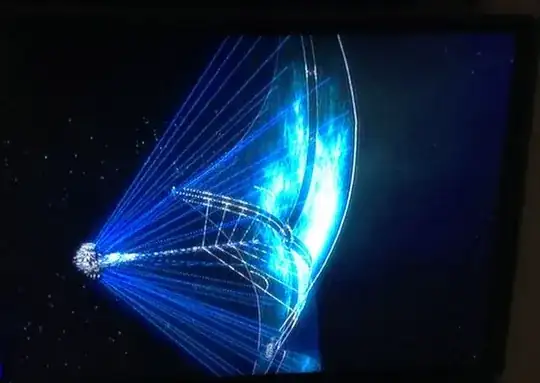I've just watched a Discovery Science program - Alien Encounters featuring SETI luminaries such as Jill Tarter, Frank Drake and Nick Sagan. A serious discussion on how to interpret ET messages coupled with a dramatised depiction of the social impact on Earth of an impending visit from ETs. My major point of confusion is that, within our solar system, the visitors head in a sunward direction to Earth powering a craft with a solar sail, powered from behind using very powerful lasers.
I have viewed some topics on Phys.SE on the powering of solar sails, and including 'how massless photons can have momentum'. My problem with the described system is;
1) This sounds like 'pulling yourself up by your bootstraps' - If the photons hitting the sail have sufficient momentum to push the sail along, would there not be an equal and opposite momentum of the photons leaving the laser - and thus cancelling out the thrust?
2) If the solar sail craft is heading sunwards, you are already fighting a 'reverse thrust' from the sun. The program postulated tapping energy sources such as dark energy to power the lasers (OK that's sci-fi at the moment, I admit). So if problem 1. above is wrong, the power source for the lasers would have to be immense as it would to exert more than double the sun's photonics pressure to move forward.
I thought the only sunward movement of a solar sail was possible only by an analog of land-sailing's 'tacking'. I know the TV program was speculative, but I hope this is not received as science fiction, as solar powered space probes are a reality.
To clarify, as I'm getting tangential responses to this. Is the issue I called problem 1. a complete bust? That is, powering a solar sail from behind with your own (laser) light source a non-starter, because of the 'bootstrap' scenario or another more scientific principle?
Attempting to load a screenshot of the craft as requested-
